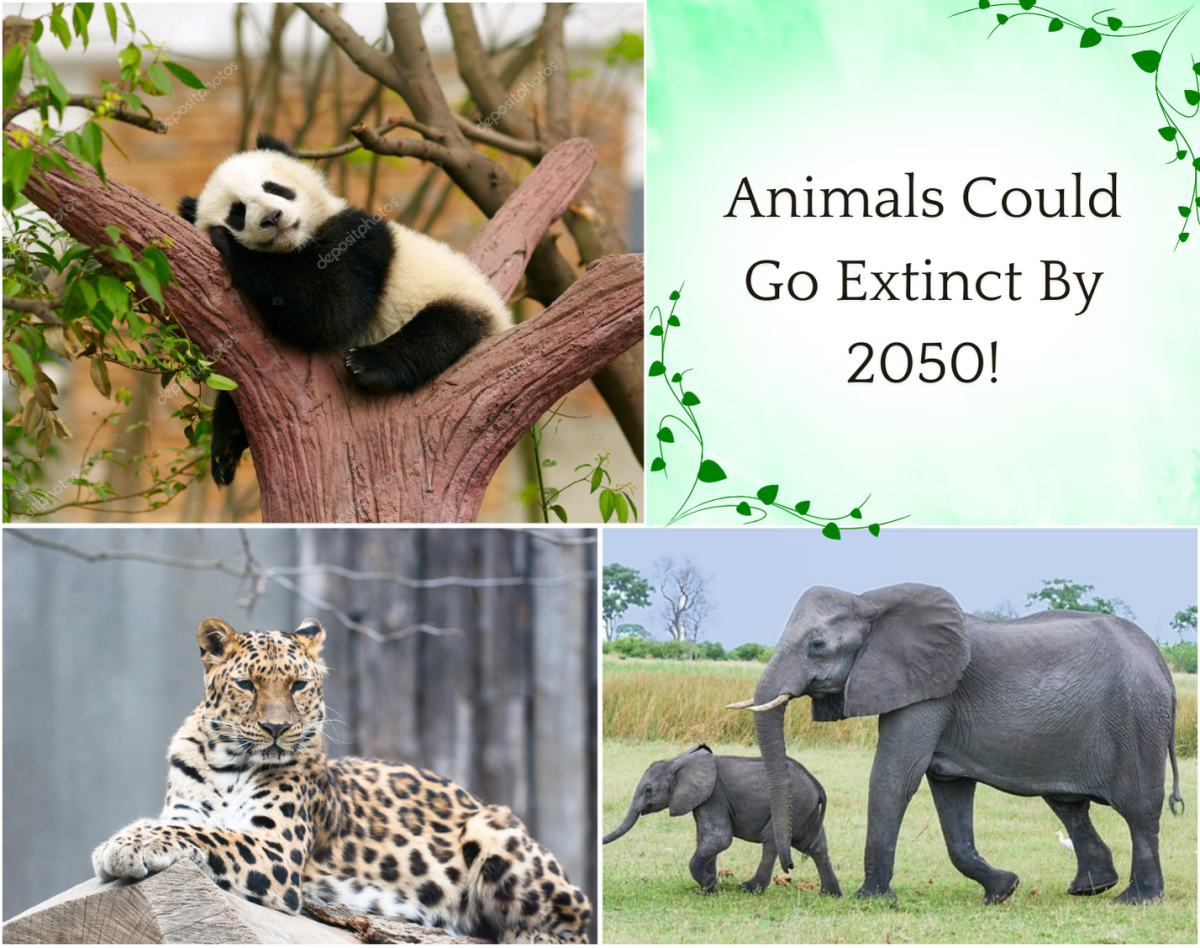Many species are currently endangered, meaning that they face many threats and are very likely to become extinct in the future. According to The IUCN Red List, about more than 44,000 species from around the world are threatened by extinction. As much as people work and take action to save the habitats and animals, half of the earth’s species could go extinct by 2050!
A species gets classified as an endangered species when its population has dropped at least 50-70 percent. The causes of animals becoming extinct is due to habitat loss, pollution, climate change, overhunting, loss of genetic diversity, diseases, etc.
In the next few years, as animals continue to rapidly decrease and become endangered, many of the species that we see and love today could become extinct by 2050. According to The Guardian, it is estimated that more than one million species will be gone by 2050.
There are three animals that are on the 2050 extinction list that are familiar.
Amur leopards are one of the world’s most critically endangered big cats and are on the brink of extinction. It is estimated that there are around 100 Amur Leopards remaining in the wild today. The Amur Leopards can be found in the mountain forests of Eastern Russia and North East China. These wild cats have been listed as “critically endangered” by the International Union of Conservation of Nature (IUCN) since 1996 as they suffered a big population decline in the late 20th century and still continues to decrease. Reasons are mostly due to poaching, habitat loss, and a number of threats.
African elephants can be found in rainforests of west and central Africa. They are now listed as “critically endangered” by IUCN, following the population decline over several decades. Reasons are due to illegal trade, habitat loss, and human conflict that affects the remaining populations. According to IUCN, these elephants have fallen more than 86% over the period of 31 years. Scientists estimated that there were 26 million African forest elephants in the year 1800. Meanwhile there are now around 150,000 forest elephants left in the wild. The loss of these elephants can have an environmental impact, and it’s important to help and protect them.
For many people, pandas are the cutest among any bear and have been the most beloved animals on the planet. It is estimated that there are 1,864 left in the wild. In 2021 it was announced that pandas are no longer classified as “endangered” but “vulnerable,” China officials say. This change for pandas brought exciting and encouraging news to conservationists, since their population in the 1980s doubled. As much as the population is slowly increasing, there is still a high risk that they are going to be extinct by 2050. Remember there are 1,864 pandas! It is clear that the future of pandas depends on us to help them. The Chinese government has made an effort to protect pandas and its habitat!
Extinction has been a natural process. It has played an important role in evolutionary life because it opens opportunities for new species to live. Our society continues to find ways to keep more species alive.
“We need to encourage more protected lands around the world to preserve their habitat,” explained Britni Fox, one of our biology teachers.
When a species becomes endangered, it shows that the ecosystem is falling apart. An extinction of one species can cause effects in many species, environments, including us humans. It is important for us to protect and care for the animals.






































